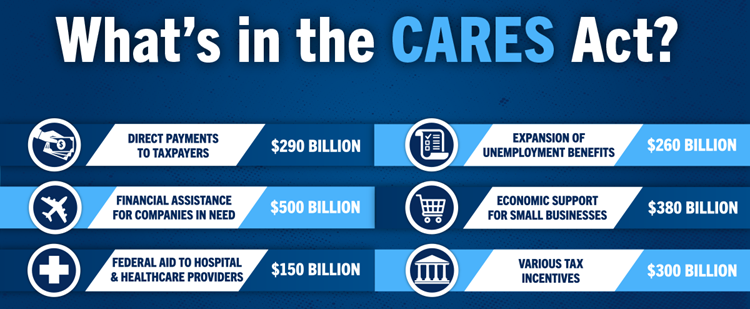
Do I Qualify For A $26,000 ERC Tax Credit Per Employee?
The Employee Retention Tax Credit (ERC) is an economic recovery program created by the CARES Act.

The Employee Retention Tax Credit (“ERC”) is an economic recovery program created by the CARES Act – the same legislation that created the Paycheck Protection Program (PPP). In addition to PPP, your business may qualify for a stimulus check of up to $26,000 per employee by claiming employee retention tax credits.
- We've helped businesses file for $600,811,386 in employee retention tax credits
- ERC is designed to help small businesses with 2 to 500 employees
- 98% of our clients qualify even if they received PPP or PPP-2 loans
Schedule a FREE eligibility call with one of our ERC experts by completing our form below.
- Keep your business compliant with program rules and regulations
- Accurately calculate your ERC credits
- Validate and document ERC eligibility
- Reconcile attribution between the PPP and ERC payroll wages
- Provide audit-ready documentation


Statistics
Check out these quick facts...
Lets Get Started
Let one of our experts walk you through a free eligibility call today!
FREQUENTLY ASKED QUESTIONS
98% of our clients qualify for ERC check, even if they received PPP or PPP-2 loan. While the CARES Act originally prohibited having both an ERC and a PPP loan, the stimulus legislation recently passed (Consolidated Appropriations Act of 2021) eliminated this prohibition retroactive to March 13, 2020. Your business can now have both a PPP loan and ERC refund, however, special calculations around payroll wages and attribution is required. The ERC process can be complex with over 1,000 pages of guidance therefore we suggest using our professional services to ensure you qualify for the maximum benefit for your company.
Yes – There are many ways business fully or partially suspended operations during each calendar quarter, and we help you document qualifying partial suspensions as part of an engagement. This includes, for example, capacity restrictions on indoor dining, canceled trade shows and group meetings, and other interruptions that are non-nominal in nature.
If your business had to change operations due to governmental orders or if gross receipts declined by 20%, your business likely qualifies. A change in operations could mean extra cleaning or sanitizing, limiting capacity or reducing hours, installing/utilizing protective equipment, temperature checks, or operational impact related to key suppliers or customers. For example, a law firm may have no longer been able to do in-person court hearings or in-person depositions, and cases may have been delayed, even if the firm continued to operate.
A partial suspension of operations can take many forms. Here are some common examples we see in businesses like yours:
• unable to attend trade shows in-person (“travel or group meetings”)
• had staff go from in-office to work-from-home and had an impact
• retail or restaurant that reduced the number of customers allowed inside
• closed a department or business unit while other units continued to operate
There are many ways that businesses fully or partially suspended operations during each calendar quarter. We help you document this as part of an engagement.
Our Experts usually take 1-2 weeks to process your payroll, reconcile any PPP covered period overlap, and build out the attribution schedules. We will then file your forms with the IRS who will take between 8-12 weeks to process your tax credit and send you a check.
Our ERC process only requires a simple questionnaire a short call with you to review expectations, confirm questionnaire responses and supporting documentation. We handle the rest of the process.
CONTACT US TO GET STARTED
Time is running out! Schedule a FREE eligibility consultation now and we'll get right back to you!
©2021 Caresactertc.Com, All Rights Reserved
